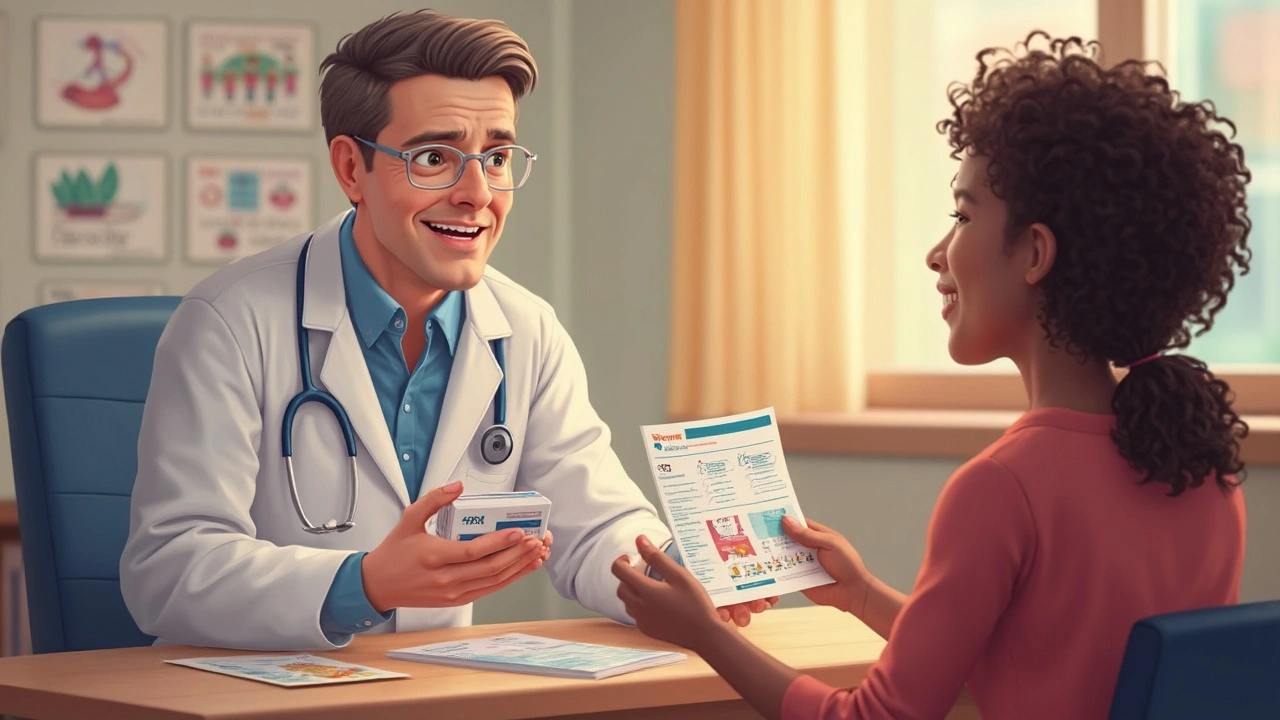Stroke prevention: practical steps you can start today
Most strokes are tied to risks you can change. If you focus on a few clear things—blood pressure, heart rhythm, cholesterol and daily habits—you cut your chances a lot. This guide gives real, usable actions you can discuss with your doctor and use right away.
Medications and medical targets that matter
High blood pressure is the single biggest contributor to stroke. Aim to get your numbers where your doctor recommends—many people with risk factors target below 130/80. If lifestyle changes aren’t enough, effective medicines are available and safe when monitored. Don’t skip or alter doses without talking to your clinician.
If you have atrial fibrillation (an irregular heartbeat), anticoagulants like apixaban, rivaroxaban or warfarin can cut stroke risk significantly. These drugs prevent clots that travel to the brain. If a doctor has suggested anticoagulation, ask about risks and bleeding signs, and stick with the monitoring plan they give you.
Statins lower cholesterol and stabilize artery plaque. For people with atherosclerosis or prior stroke, statins reduce the chance of another event. Diabetes control matters too—targeting steady blood sugar lowers long-term vascular damage.
Everyday habits that actually reduce stroke risk
Quit smoking. Smoking doubles stroke risk and damages blood vessels. If you vape or use nicotine replacement, treat it as part of the quitting plan and get support—coaching, patches or meds can help.
Move more. Aim for about 150 minutes a week of moderate activity—brisk walks count. Exercise helps blood pressure, weight, blood sugar and mood. You don’t need a gym; walking, biking, swimming or even active chores add up.
Eat with purpose. The Mediterranean-style diet—vegetables, fruit, whole grains, lean protein, olive oil and nuts—has clear benefits for stroke prevention. Cut down on processed foods, salty snacks, and sugary drinks. Small swaps add up: choose grilled chicken over fried, and replace chips with fruit or nuts.
Keep alcohol in check. Excess drinking raises blood pressure and stroke risk. If you drink, stick to recommended limits and talk with your doctor about what’s safe for you.
Sleep and screening matter. Untreated sleep apnea raises stroke risk; if you snore loudly or wake gasping, ask about testing. Also get regular checks for blood pressure, cholesterol and blood sugar—catching problems early makes prevention easier.
Know the warning signs. Short episodes of weakness, trouble speaking, or sudden vision problems can be transient ischemic attacks (TIAs). TIAs often predict a full stroke soon after. If you or someone else has sudden face droop, arm weakness, or slurred speech, call emergency services right away.
Talk to your doctor about a prevention plan that fits your life. Small, steady changes plus the right medicines are the most reliable way to keep your brain safe.

Plavix Uses, Side Effects, and Tips for Safe Blood Thinner Medication
Find out what Plavix is, how it works, and who needs it. This guide covers the real research, risks, myths, and simple tips for staying safe on Plavix. Everything comes straight, honest, and in plain English.
More Detail